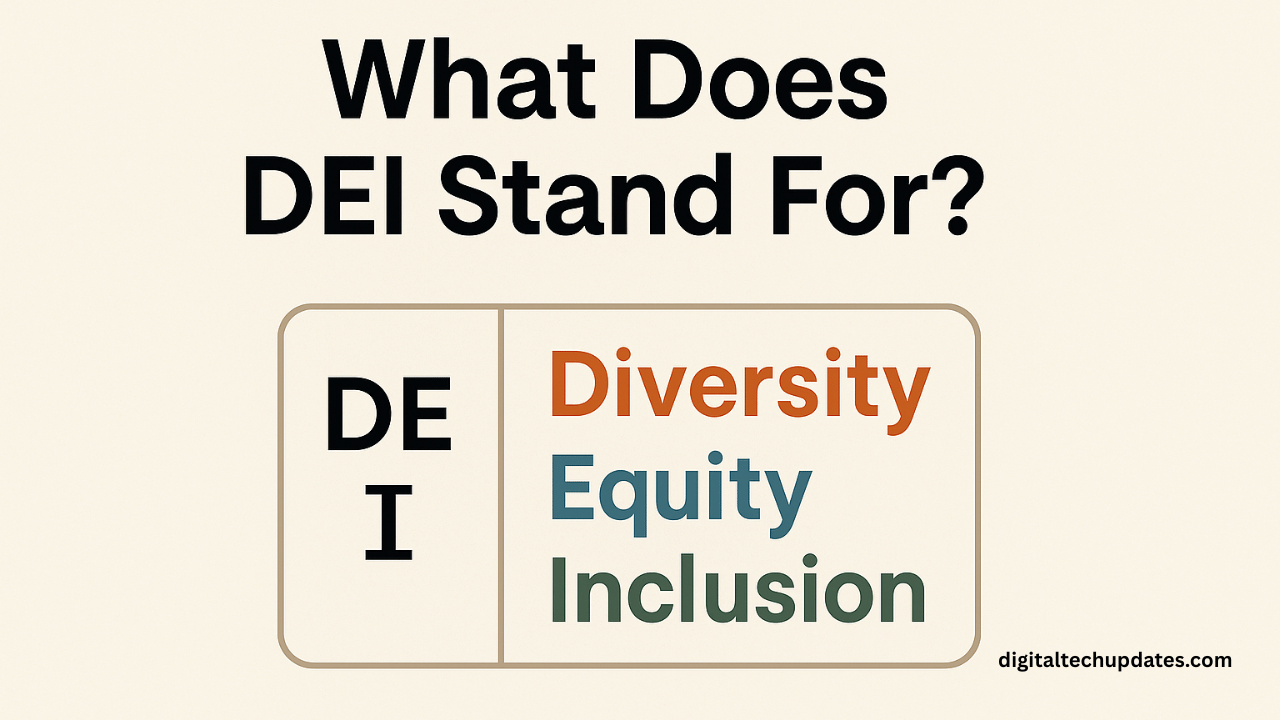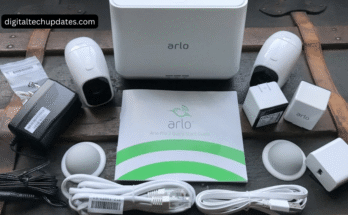In recent years, you’ve probably come across the term DEI in conversations about workplaces, education, and even government policy. But what exactly does DEI stand for, and why is it so important in today’s world?
Let’s break it down: DEI stands for Diversity, Equity, and Inclusion. These three principles are foundational for creating environments where everyone has the opportunity to thrive, contribute, and belong.
What Does Each Term Mean?
🔹 Diversity
Diversity refers to the presence of differences. These differences can be in race, ethnicity, gender, age, disability, religion, sexual orientation, socioeconomic background, and more. In the workplace, diversity isn’t just about numbers—it’s about ensuring a wide range of perspectives and experiences are represented.
🔹 Equity
Equity is about fairness and justice. It means recognizing that not everyone starts from the same place and ensuring resources and opportunities are distributed to create equal outcomes. Unlike equality, which assumes everyone needs the same thing, equity provides support based on individual needs.
🔹 Inclusion
Inclusion ensures that all individuals feel welcomed, respected, supported, and valued. It’s about fostering an environment where differences are embraced and everyone has a voice at the table.
Why DEI Matters
Companies with strong DEI practices experience improved employee engagement, innovation, and retention. A diverse team brings varied perspectives, leading to better decision-making and business outcomes.
DEI is not just a moral imperative but a business one. Inclusive companies attract top talent, foster innovation, and are more likely to succeed in today’s competitive landscape.
DEI in the Workplace
DEI initiatives often include:
- Bias training
- Inclusive hiring practices
- Employee resource groups (ERGs)
- Leadership accountability metrics
- Inclusive benefits and flexible work policies
Organizations now use employee feedback tools to measure inclusion levels and detect equity gaps. DEI is no longer a “nice-to-have”; it is critical for growth and sustainability.
Barriers and Misconceptions
Despite its importance, DEI initiatives often face hurdles such as:
- Lack of leadership commitment
- Misunderstanding of equity vs. equality
- Tokenism without systemic change
- Legal and political pushback
One major misconception is that DEI lowers standards or promotes unfair advantages. In reality, it levels the playing field so everyone has a fair shot.
Beyond DEI: The Evolution
Today, many organizations are evolving DEI into broader frameworks like:
- DEIB (Diversity, Equity, Inclusion, and Belonging)
- DEIA (adding Accessibility)
- JEDI (Justice, Equity, Diversity, Inclusion)
These updated terms reflect a deeper commitment to creating inclusive systems that go beyond representation.
How to Implement DEI Effectively
- Assess your current state: Use tools and surveys to understand where your organization stands.
- Set measurable goals: Align DEI with business objectives.
- Provide ongoing training: Move beyond one-time workshops.
- Foster accountability: Tie DEI outcomes to leadership performance.
- Promote inclusive leadership: Encourage behaviors that build trust and psychological safety.
Final Thoughts
Understanding what DEI stands for is just the beginning. True change comes from intentional action. Whether you’re a student, employee, leader, or policymaker, embracing DEI principles helps build fairer, more innovative, and more compassionate communities.
Are you ready to make a difference?




